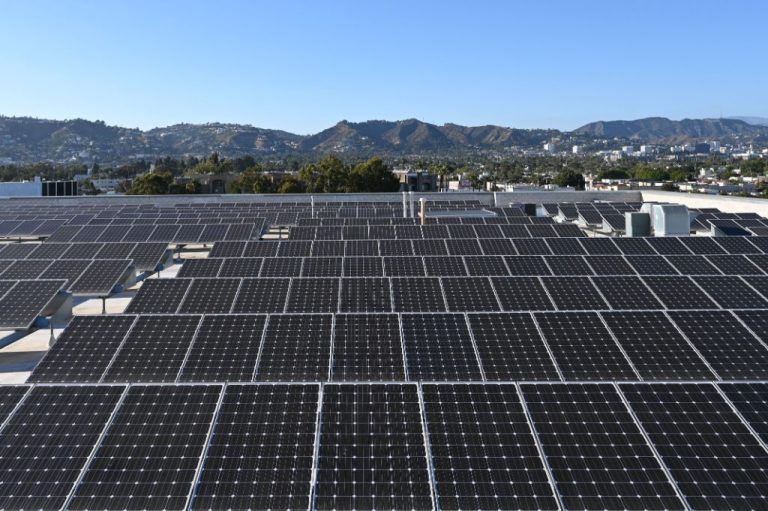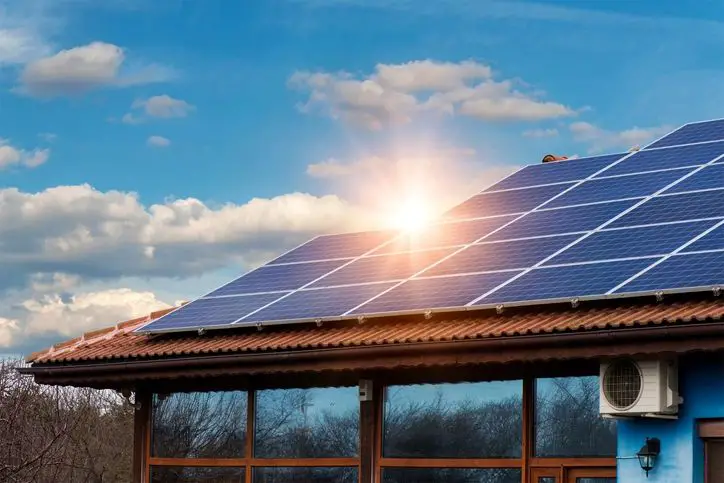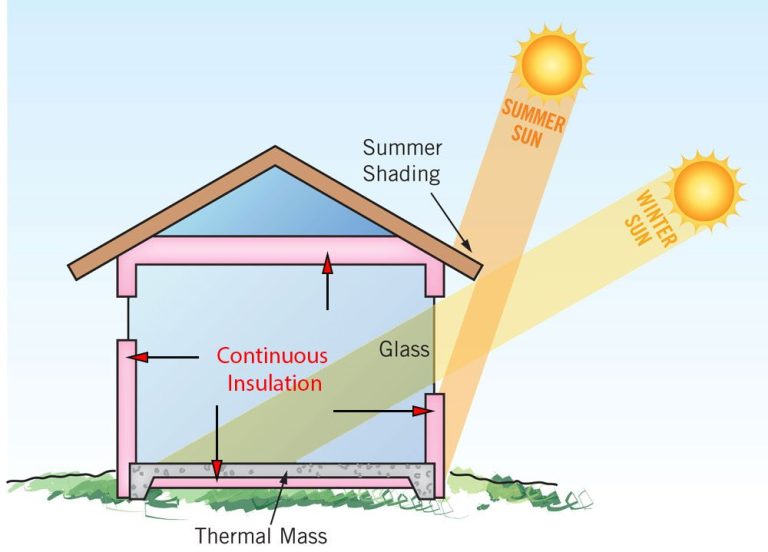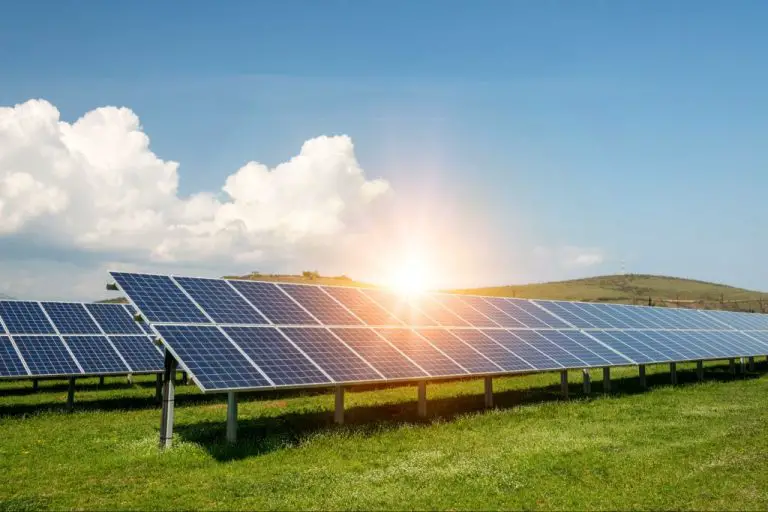Is It Worth It To Get Solar Panels In Vermont?
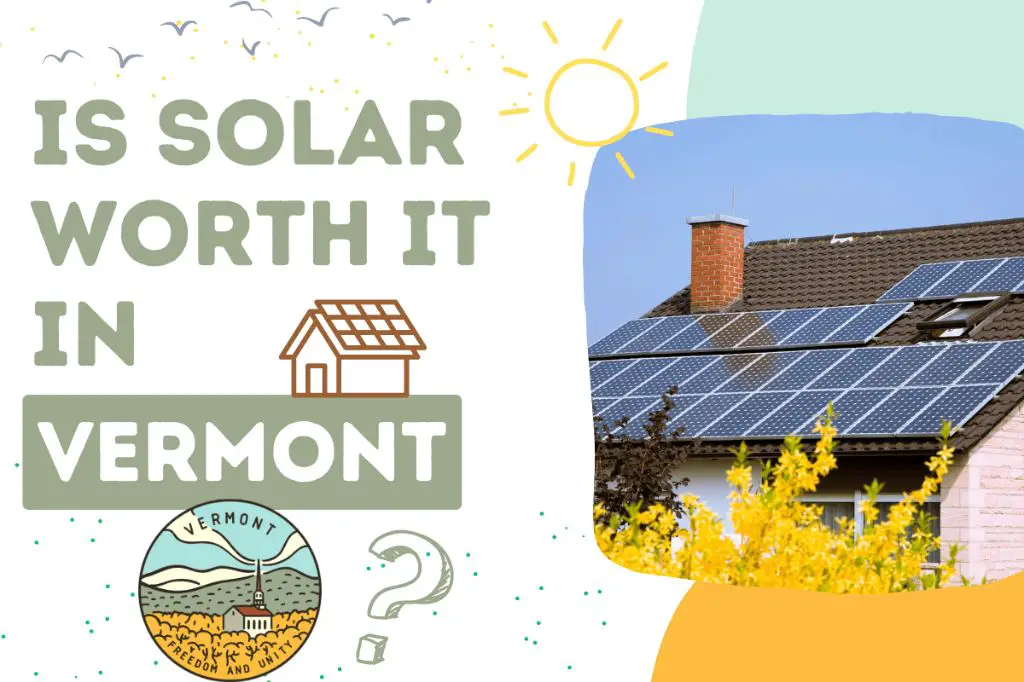
Vermont is a leader in renewable energy, with almost 100% of its electricity coming from renewable sources like solar, wind, and hydropower (EIA). In fact, Vermont generates a larger share of renewable electricity than any other state. With abundant sunshine and supportive policies, Vermont homeowners are increasingly considering installing solar panels on their properties.
But is it really worth it to get solar panels in Vermont? In this article, we’ll analyze the costs and benefits to determine if solar power makes financial sense for Vermont homeowners.
Cost of Solar Panels
The upfront cost to purchase and install solar panels in Vermont averages between $15,000-$25,000 for a typical residential system. This covers the solar panels, inverters, racking equipment and the installation labor. The size of the system and specifically the number of solar panels needed depends on factors like the available roof space, energy usage, and desired production capacity.
For a 6 kW system, which is suitable for many homes, the total turnkey cost ranges from $18,000-$22,000 on average. Larger 10 kW systems for bigger households can cost $28,000-$32,000. Though solar panels have gotten less expensive over time, the installation costs can still be steep for some homeowners.
When evaluating the overall investment, it’s important to account for the 30% federal tax credit, accelerated depreciation, solar incentives, and long-term electricity savings. This brings down the effective net costs substantially over the system lifetime of 25+ years.
Solar Incentives in Vermont
Vermont offers several incentives to make going solar more affordable for homeowners and businesses. These include state tax credits, rebates, renewable energy credits, and net metering.
The Vermont Solar Energy Program offers an income tax credit up to $3,000 or 30% of the project cost for solar electric and solar hot water systems installed on primary residences. There are also property tax exemptions for solar energy equipment. Additionally, some utilities like Green Mountain Power provide rebates for installing solar panels. According to Energysage, the average solar rebate in Vermont is $1,248 [1].
Vermont has mandatory net metering, allowing solar customers to get credit for excess electricity sent back to the grid. This helps offset the cost of installation over time. The state also has a robust renewable energy credit (REC) market through the Renewable Energy Standard program, providing additional financial incentives for solar panel owners.
Electricity Bill Savings
Solar panels can significantly reduce electricity bills for Vermont homeowners. According to a report by Green Mountain Power, the average Vermont household uses 550 kWh of electricity per month[1]. With the average cost of residential electricity at 19.6 cents per kWh in Vermont[2], a typical homeowner pays around $108 per month on their electric bill.
Installing a 5 kW solar system could generate around 650 kWh per month in Vermont[3]. This would offset almost all of the 550 kWh used by an average home. Assuming all solar power generated is used on-site instead of purchasing from the utility, the homeowner could eliminate around $108 per month on their electric bill with solar panels.
Over the course of a year, the savings add up to approximately $1,300 annually. Over a 25 year lifespan, a typical 5 kW solar system could save a Vermont homeowner over $32,500 on electricity costs.
[1] https://greenmountainpower.com/help/billing-payments/understanding-your-bill/understanding-your-electric-bill/
[2] https://www.eia.gov/electricity/state/
[3] https://www.energysage.com/solar-panels/vt/
Payback Period
The payback period refers to the amount of time it takes for the energy savings from solar panels to equal the cost of the system. In Vermont, the average payback period for residential solar panels is 9-10 years, according to Energysage and EcoWatch. This means that after 9-10 years of energy bill savings, the solar panel system will have paid for itself.
The payback period can vary quite a bit depending on factors like system size, electricity rates, and available incentives. For example, SolarReviews estimates a payback period range of 6.6-8.1 years for Vermont. Households with high electricity usage will recoup costs faster than low usage households. The direction of local electricity rates will also impact payback time.
While 9-10 years may seem long, solar panels are expected to produce energy for 25-30 years. So after the payback period, Vermont homeowners can enjoy 15-20 years of free electricity from the sun. When weighing solar panel costs and savings, it’s important to consider the system’s lifetime electricity production.
Net Metering in Vermont
Net metering allows solar customers to receive credit on their electricity bills for any excess energy their solar panels generate and send back to the grid. This helps make installing solar panels more financially beneficial.
With net metering in Vermont, any residential or commercial customer can elect to net meter systems up to 500 kW in size. When your solar panels generate more electricity than you are using in your home or business, the excess energy gets fed back into the grid. Your utility company will give you credit for those kilowatt-hours at the same retail rate you pay for electricity. This credit then offsets costs when you draw electricity from the grid at night or on cloudy days.
Net metering makes solar more affordable by lowering electric bills and providing bill credits when you overproduce energy. According to the Vermont Public Utility Commission, net metering customers can sometimes produce enough solar energy in the summer to zero out their bills. You still need to pay the monthly minimum bill fee to your utility, but net metering provides significant savings.
Net metering policies, rates, and program caps vary between Vermont’s utility providers. Contact your utility company to understand the specifics in your area.
Federal Tax Credits
The federal government offers tax credits that can significantly reduce the cost of installing solar panels in Vermont. Here is an overview of the key federal solar incentives:
The federal solar Investment Tax Credit (ITC) allows homeowners to deduct 26% of the cost of installing a residential solar system from their federal taxes. This applies to systems installed in 2020-2022. The ITC will decrease to 22% in 2023. After 2023, the residential credit drops to zero. [1]
There is no maximum limit to the size of the tax credit. It is based on the amount of money invested into the solar system. This credit can be claimed on your personal taxes in the year the solar system is installed. If the tax credit exceeds your tax liability for the year, you can carry forward the remainder of the credit for use in future tax years. [2]
The tax credit can be combined with other Vermont solar incentives and rebates to maximize savings. Using both federal and state/local incentives can reduce the out-of-pocket cost of solar panels by 50% or more.
Environmental Benefits
Installing solar panels in Vermont provides significant environmental benefits by reducing reliance on fossil fuels and lowering carbon emissions. Fossil fuel power plants are a major contributor to greenhouse gas emissions and climate change. According to Efficiency Vermont, solar panels in Vermont eliminate over 37,000 tons of carbon dioxide emissions annually, the equivalent of taking over 7,400 cars off the road. Going solar allows homeowners to generate clean, renewable electricity right from their rooftops.
In addition to mitigating carbon emissions, solar power protects the local Vermont environment by reducing air and water pollution from fossil fuel extraction and transportation. By installing solar panels, homeowners can do their part to preserve Vermont’s natural landscape. The Transition to Renewable Energy report from UVM states that solar supports Vermont’s environmental goals to source 75% of energy from renewables by 2032. Overall, solar power provides significant environmental benefits for Vermont residents.
Maintenance Costs
The average annual maintenance cost for solar panels in Vermont is between $80-$160 per year according to Solar Panel Cost in Vermont (2024 Local Savings Guide). This cost covers basic system monitoring, cleaning panels, repairing minor issues like loose wiring, and inverter maintenance. Most solar companies provide a workmanship warranty to cover defects and repairs within the first 10 years. After the workmanship warranty expires, minor repairs may be needed as parts wear out over the 25+ year lifespan of a solar system. However, modern solar equipment is designed for reliability with few moving parts and low maintenance needs overall.
Regular maintenance helps keep solar panels operating at peak efficiency. Panels may lose up to 0.5% of production per year if not properly maintained, according to industry estimates. Basic maintenance steps like clearing debris, checking connections, and washing panels can minimize efficiency losses. Most solar installers offer maintenance packages or service plans at an additional annual cost to handle scheduled maintenance and minor repairs.
Conclusion
In conclusion, installing solar panels in Vermont can be a worthwhile long-term investment for many homeowners. While solar panels do involve a significant upfront cost, there are several financial incentives available in Vermont that can reduce the payback period to 5-10 years or less. These include state and utility rebates, net metering, federal tax credits, and the ongoing savings from lower electricity bills over time. Environmentally, solar power helps reduce Vermont’s carbon footprint and dependence on fossil fuels. For those who can afford the initial investment, solar panels are a smart way to lock in low energy costs for decades while also supporting renewable energy in the state. Just be sure to plan for ongoing maintenance and repairs as your solar system ages. Overall, for the right homeowner solar power delivers sufficient financial and environmental returns to justify the expense in Vermont.

